A Guide to Safe and Secure Holiday Decorating
As the festive season approaches, many of us feel a rush of excitement, ready to transform our homes into a winter wonderland. However, amidst the twinkling lights and vibrant decorations, it's essential to prioritize safety. This guide provides essential tips and best practices for safe holiday decorating, ensuring your home shines brightly while keeping safety at the forefront during the festive season. After all, what's a celebration without the peace of mind that comes from knowing you’ve taken the necessary precautions?
When it comes to holiday decorating, selecting the right decorations is crucial for safety. Not all materials are created equal, and some can pose risks that you might not even consider. For instance, opting for flame-resistant materials can significantly reduce the chance of fire hazards. Additionally, consider the types of decorations you use: while glass ornaments may look stunning, they can easily shatter and create a safety risk, especially in homes with small children or pets. Instead, soft, non-toxic decorations can maintain a festive atmosphere without compromising safety.
Understanding electrical safety is vital when using lights and other electrical decorations. With so many options available, it’s easy to get carried away. However, it's essential to adhere to some best practices for safe usage and maintenance of holiday lighting. Always check the wattage of your light strings and ensure they do not exceed the recommended limits. This not only prevents overheating but also reduces the risk of electrical fires. Remember, safety first!
Before hanging lights, it's important to inspect them for damage. A little diligence can go a long way in preventing accidents. Check for frayed wires, broken bulbs, or any signs of wear and tear. If you notice any issues, it's best to replace the lights rather than risk a potential fire hazard. A quick inspection can save you from a holiday disaster!
Outdoor lights require special considerations, especially when it comes to weather conditions. Ensure that your outdoor lights are rated for exterior use and can withstand rain or snow. Proper installation is key; use clips or hooks to secure the lights instead of nails or staples, which can damage the wiring. Additionally, make sure to unplug outdoor lights when you're not home or going to bed to avoid any electrical mishaps.
Indoor lighting safety is equally important. It's easy to get carried away with beautiful displays, but overloading circuits can lead to blown fuses or even fires. Use lights designed specifically for indoor use, and avoid daisy-chaining multiple light strings together. Instead, consider using a timer to control when your lights are on, ensuring you never leave them unattended for too long.
Fire safety is a critical aspect of holiday decorating. With all the excitement, it’s easy to overlook the potential risks. Keep flammable materials, such as wrapping paper and decorations, away from heat sources like candles or fireplaces. Make sure to have a fire extinguisher on hand, just in case. Additionally, consider using LED lights, which generate less heat and are less likely to cause a fire compared to traditional incandescent bulbs. Your safety should always be a priority during the festivities!
Keeping children and pets safe during the holidays is essential. With all the hustle and bustle, it’s easy for little ones and furry friends to get into mischief. To prevent accidents, secure decorations that could tip over or be pulled down. For instance, avoid placing glass ornaments on lower branches of the Christmas tree, where curious hands and paws can reach them. Instead, use sturdy, non-toxic decorations that can withstand a bit of roughhousing.
Proper placement of decorations can prevent accidents. Use adhesives or hooks to secure decorations, ensuring they won’t easily tip or fall. For larger items, consider using weights or anchors to keep them stable. By taking these precautions, you can create a festive environment that’s safe for everyone.
Selecting non-toxic materials for decorations is crucial for safety. Many traditional decorations can pose risks to children and pets, from choking hazards to harmful chemicals. Opt for natural materials like wood, fabric, or paper, which are not only safer but also environmentally friendly. This way, you can enjoy a beautiful holiday display without compromising the health of your loved ones.
Proper storage and maintenance of holiday decorations can extend their lifespan and ensure safety. After the holidays, it’s tempting to toss everything into a box and call it a day. However, taking the time to carefully pack your decorations can save you hassle next year. Use sturdy, labeled containers to keep everything organized. For lights, wrap them around a piece of cardboard to prevent tangling and damage. A little effort in storage can lead to a smoother decorating process next season!
Q: What type of lights are safest for indoor use?
A: LED lights are generally the safest option for indoor use as they generate less heat and are less likely to cause fires.
Q: How can I secure my tree decorations from pets?
A: Use pet-friendly decorations and place them higher on the tree. You can also use barriers to keep pets away from the tree.
Q: What should I do if I notice a frayed wire on my holiday lights?
A: Discontinue use immediately and replace the lights. Never attempt to repair frayed wires as this can pose a serious safety risk.
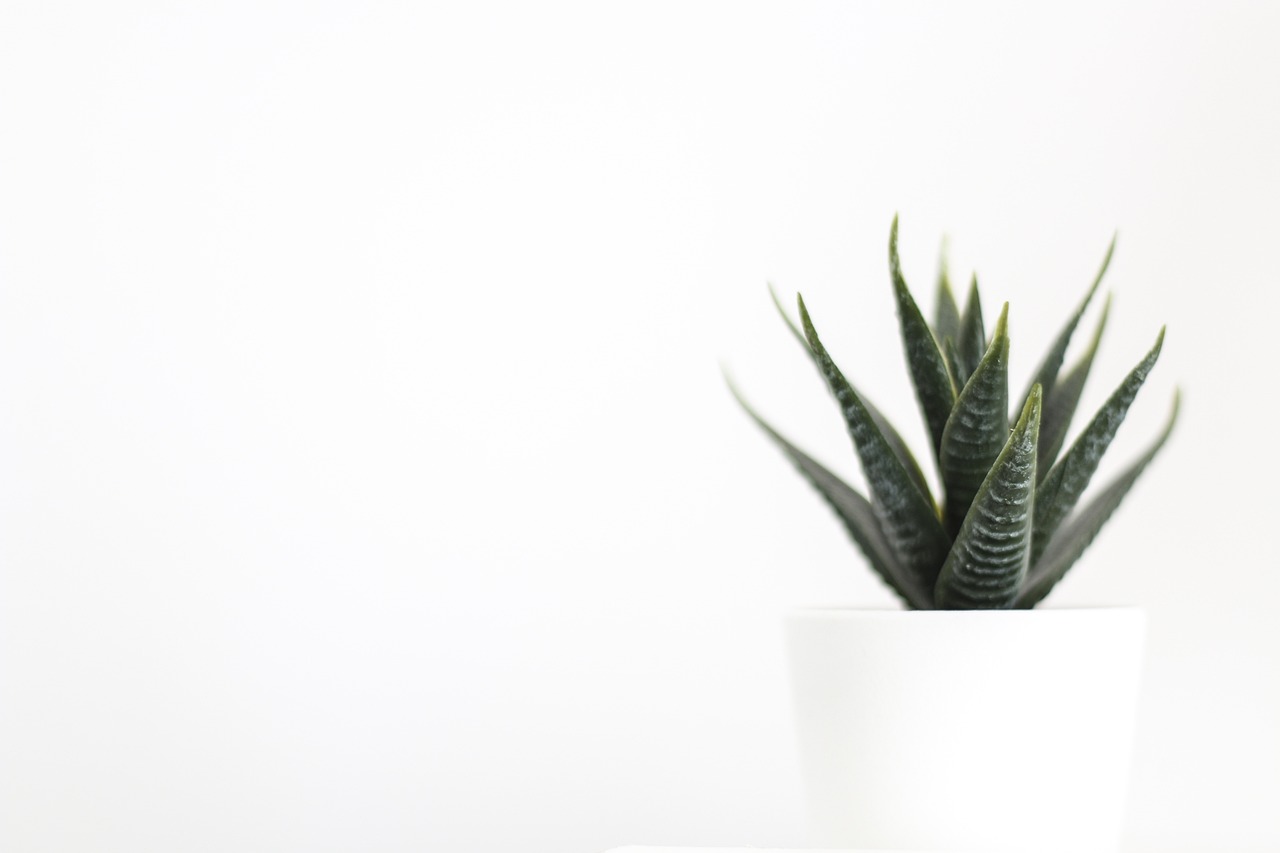
Choosing Safe Decorations
When it comes to holiday decorating, the excitement can sometimes overshadow the need for safety. But fear not! Choosing the right decorations can create a festive atmosphere without compromising the well-being of your loved ones. The key is to focus on materials and types of decorations that minimize risks. For starters, consider opting for flame-resistant or non-combustible decorations. These materials can significantly reduce the chances of a fire hazard, especially if you plan to use candles or lights.
Another important aspect is the choice between artificial and natural decorations. While natural elements like pine cones and holly can add a lovely touch to your home, they can also dry out and become flammable over time. On the other hand, artificial decorations made from synthetic materials can be safer when they are explicitly labeled as flame-retardant. Moreover, you should always check for any certifications or safety standards that the decorations meet. This could include labels from organizations like the Underwriters Laboratories (UL) or the American National Standards Institute (ANSI).
It’s also wise to think about the placement of your decorations. For example, if you have children or pets, avoid using small ornaments that can be easily swallowed or knocked over. Instead, consider using larger, more stable decorations that are less likely to cause accidents. You can even use decorative barriers to keep fragile items out of reach. Additionally, opting for non-toxic materials can make a world of difference. Many traditional decorations contain harmful chemicals, so look for options that are labeled as non-toxic or eco-friendly.
To help you make informed decisions, here’s a quick comparison of common decoration materials:
| Material | Safety Level | Notes |
|---|---|---|
| Natural (e.g., pine, holly) | Moderate | Can dry out and become flammable. |
| Artificial (e.g., plastic, polyester) | High | Choose flame-retardant options. |
| Glass | Moderate | Fragile; can break and cause injury. |
| Wood | High | Ensure it is treated for fire resistance. |
Ultimately, the goal is to create a beautiful and festive environment while keeping safety at the forefront. By being mindful of the materials you choose and how you arrange your decorations, you can ensure that your holiday season is both joyous and secure. So, as you deck the halls, remember: a little caution goes a long way in making your home a safe haven for all your holiday celebrations!
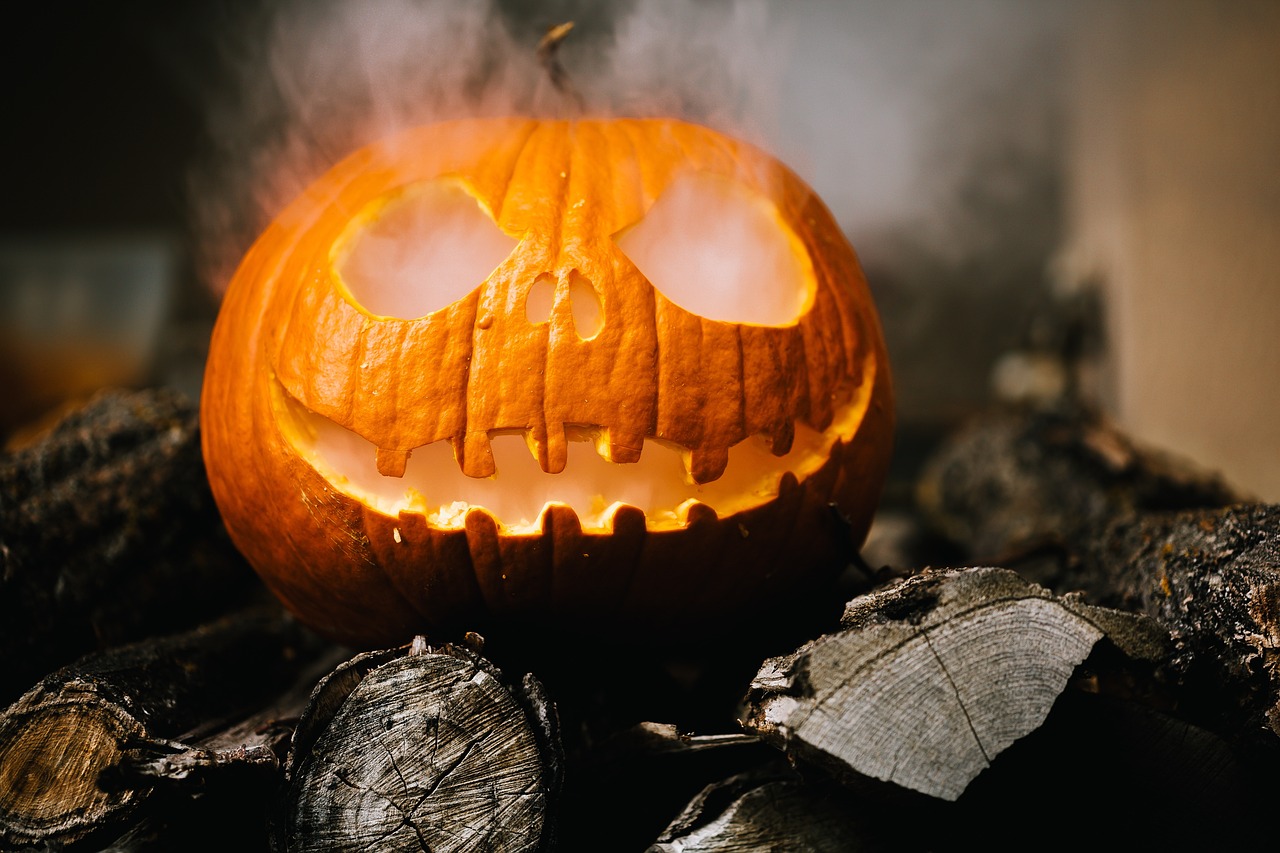
Electrical Safety Tips
When it comes to holiday decorating, electrical safety is paramount. With all the twinkling lights and festive displays, it’s easy to overlook the potential hazards lurking within those sparkling strands. But don’t worry, we’ve got you covered! Understanding how to safely use electrical decorations can ensure that your holiday season remains bright and accident-free. So, let’s dive into some essential tips that will keep your home safe while you deck the halls.
First and foremost, always choose outdoor-rated lights for external decorations. These lights are specifically designed to withstand the elements, ensuring they won’t short-circuit or pose a fire risk when exposed to rain or snow. Additionally, look for lights that have been tested for safety by recognized organizations, such as UL (Underwriters Laboratories). This little detail can make a big difference in preventing electrical mishaps.
Before you get carried away with hanging those gorgeous lights, take a moment to inspect them thoroughly. Look for frayed wires, broken bulbs, or any signs of wear and tear. If you notice any damage, it’s better to err on the side of caution and replace them. Trust me, a few minutes of inspection can save you from a potential disaster. Remember, safety first!
When hanging outdoor lights, it’s crucial to use sturdy clips instead of nails or staples, which can damage the wiring. Securely attaching lights will not only keep them in place but also reduce the risk of electrical shorts. Also, avoid overloading your circuits. Each circuit can handle only a certain amount of wattage, and exceeding this limit can lead to overheating and fires. A good rule of thumb is to check the wattage ratings on your lights and ensure they don’t exceed the capacity of your extension cords or outlets.
Indoor lighting safety is just as important! When decorating inside your home, be mindful of where you place your lights. Avoid running cords under rugs or furniture, as this can cause overheating and potential fire hazards. Instead, use extension cords that are rated for indoor use and ensure they are in good condition. It’s also wise to never link more than three strands of lights together, as this can lead to overheating and electrical fires.
For those who enjoy a bit of holiday flair, consider using LED lights. They are not only energy-efficient, but they also produce less heat compared to traditional incandescent bulbs, making them a safer option for your home. Plus, they come in an array of colors and styles, so you won’t be sacrificing aesthetics for safety!
Lastly, always remember to turn off your holiday lights when you go to bed or leave the house. This simple habit can significantly reduce the risk of fire and keep your home safe. If you want to take it a step further, consider investing in a timer or smart plug that can automate this process for you. That way, you can enjoy the beauty of your decorations without worrying about safety!
In summary, electrical safety during the holidays is not just about following rules; it’s about creating a festive environment that is both beautiful and secure. By being diligent in inspecting your lights, choosing the right materials, and practicing safe usage, you can ensure that your holiday season is filled with joy and free from electrical hazards.
- What should I do if I find damaged lights? Replace them immediately to avoid any safety hazards.
- Can I mix different types of lights? It’s best to use lights that are similar in wattage and type to prevent overloading circuits.
- How can I ensure my outdoor lights are safe? Use lights rated for outdoor use and secure them properly to avoid damage from weather conditions.
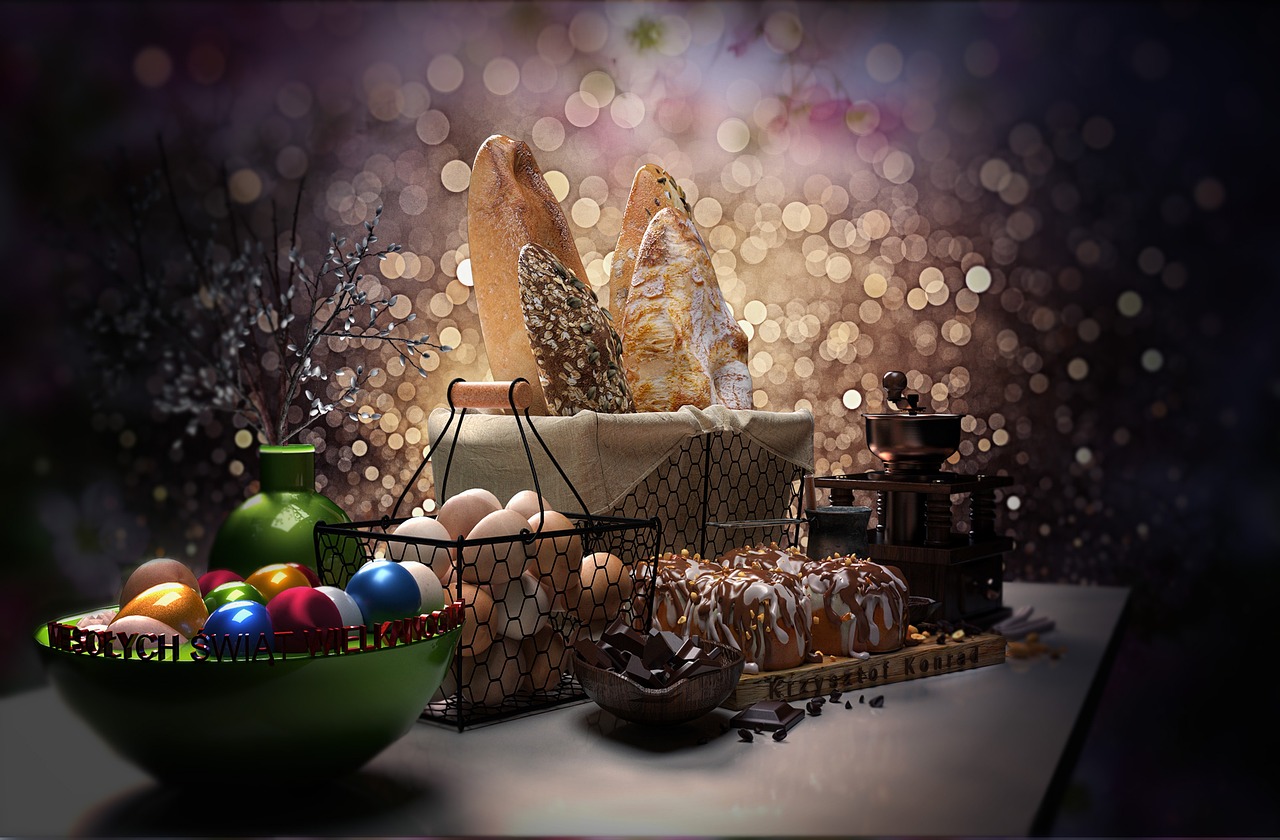
Inspecting Lights Before Use
Before you dive headfirst into the festive spirit and start hanging those twinkling lights, it’s absolutely essential to take a moment to inspect your holiday lights. Think of it as giving your decorations a little health check-up! Just like you wouldn’t drive a car with a flat tire, you shouldn’t deck your halls with lights that are anything less than safe. So, what should you be looking for? Here’s a quick rundown of the key points to keep in mind:
- Frayed Wires: Check for any exposed wires or fraying. If you see any, it’s time to say goodbye to that string of lights.
- Broken Bulbs: A broken bulb can not only ruin the aesthetic but can also pose a serious safety hazard. Make sure all bulbs are intact and securely fastened.
- Corrosion: Look for signs of corrosion on the plugs and sockets. Rusty connections can lead to electrical shorts and fires.
- Overheating: If you notice that any lights feel warm to the touch, that’s a red flag! Lights should not heat up excessively.
Additionally, consider the age of your lights. Older lights, especially those that are more than a few years old, may not have the same safety standards as newer ones. If you’re still using those vintage lights from the attic, it might be time to invest in a new set. Not only will they be safer, but they’ll also be more energy-efficient!
Once you’ve completed your inspection, it’s a good idea to keep a record of any lights that you’ve deemed unsafe. You can create a simple inventory table to track your decorations, which can be helpful for future holiday seasons. Here’s a quick example:
| Decoration Type | Condition | Action Needed |
|---|---|---|
| String Lights | Frayed Wires | Dispose |
| LED Lights | Good | Use |
| Icicle Lights | Broken Bulbs | Replace Bulbs |
Remember, safety should always come first during the holidays. Taking the time to thoroughly inspect your lights can prevent potential accidents and ensure that your home is not only festive but also safe for you and your family. So, before you start hanging those lights, take a moment to ensure they’re in tip-top shape. Happy decorating!
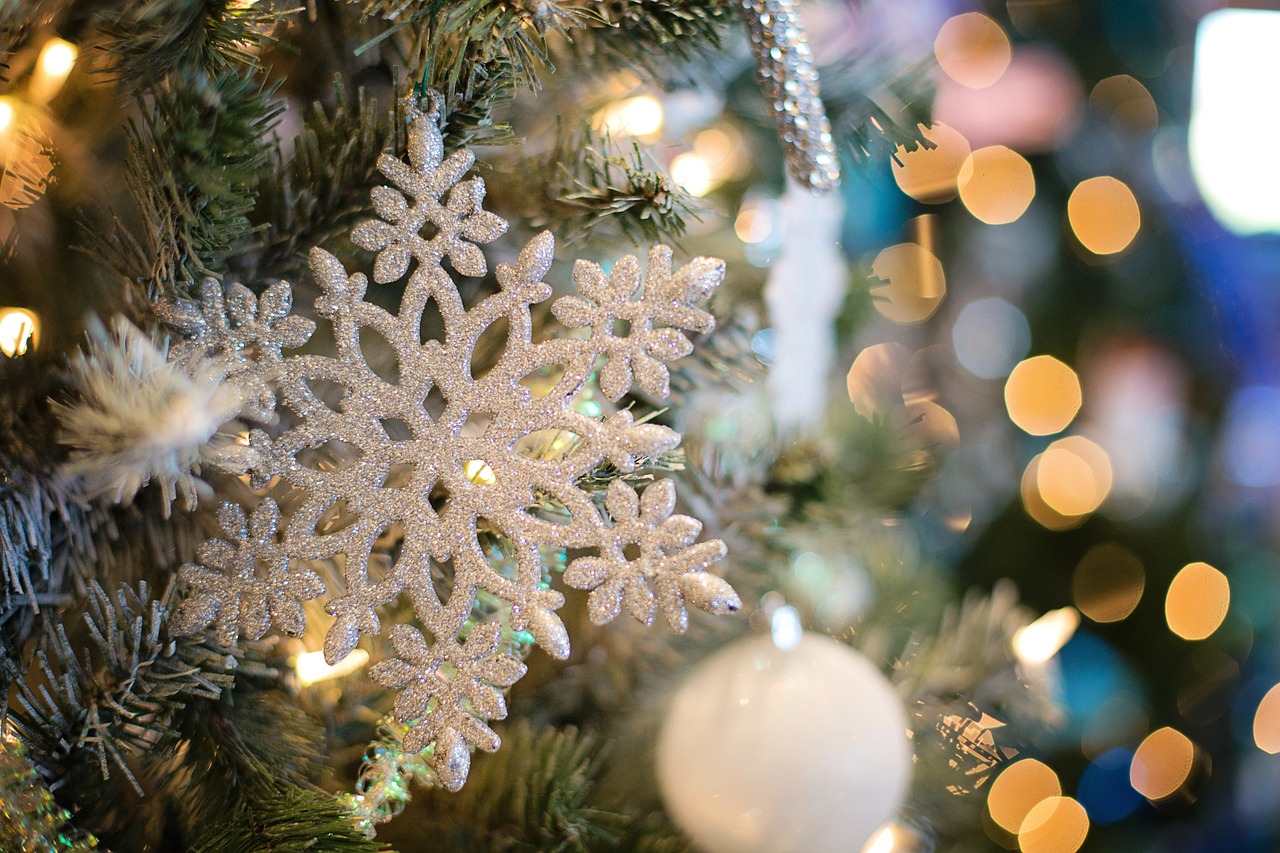
Using Outdoor Lights Safely
When it comes to holiday decorating, outdoor lights can transform your home into a dazzling winter wonderland. However, safety should always be your top priority. Before you dive into the twinkling lights and festive displays, there are some essential tips to keep in mind. First and foremost, ensure that all your outdoor lights are rated for exterior use. This is crucial because indoor lights can pose a fire hazard when exposed to the elements. Look for lights that are specifically labeled as “outdoor” to guarantee they can withstand rain, snow, and varying temperatures.
Next, consider the installation process. Using the right tools can make all the difference. For instance, don't just rely on staples or nails to hang your lights; instead, opt for clips designed for holiday lights. These clips provide a secure hold without damaging your roof or siding. Additionally, make sure to avoid overloading electrical outlets. It's easy to get carried away with your decorating, but plugging too many lights into a single outlet can lead to overheating and potential fire risks. To help visualize this, here’s a simple table comparing the safe wattage limits based on the number of outlets:
| Number of Outlets | Maximum Wattage |
|---|---|
| 1 | 1800 Watts |
| 2 | 3600 Watts |
| 3 | 5400 Watts |
Moreover, it's wise to use a timer for your outdoor lights. This not only saves energy but also reduces the risk of forgetting to turn them off, which can lead to overheating. Timers can be set to automatically turn your lights on and off at specific times, keeping your home festive without compromising safety. Remember, the beauty of holiday lights should not come at the cost of your family's safety.
Lastly, always check your lights regularly throughout the holiday season. Look for any signs of wear and tear, such as frayed wires or broken bulbs. If you spot any issues, replace the damaged items immediately. By following these guidelines, you can enjoy a beautifully lit home while ensuring that safety remains a priority. After all, what’s more festive than a stunning display that also keeps your loved ones safe?
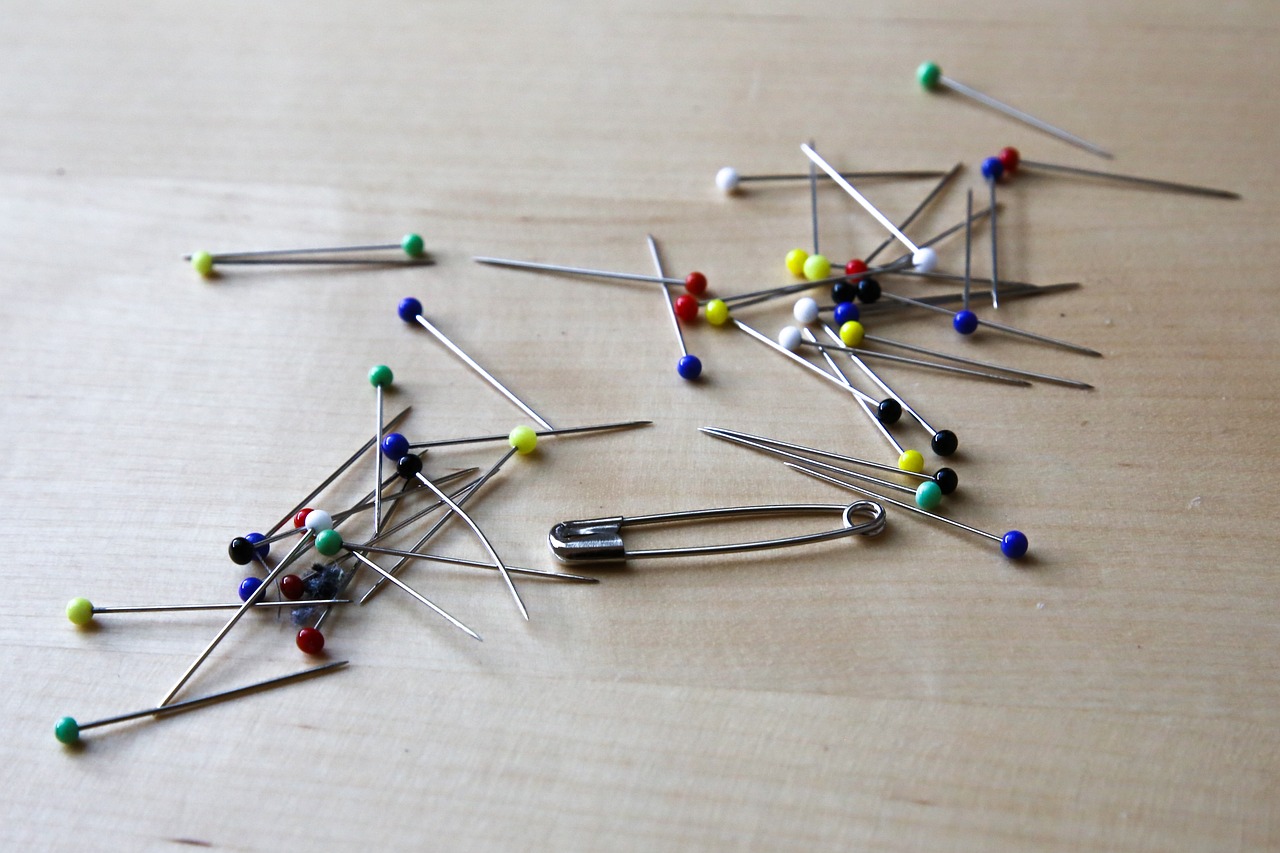
Indoor Lighting Precautions
When it comes to indoor lighting during the holiday season, safety should always be your top priority. The twinkling lights and glowing decorations create a magical atmosphere, but if not handled properly, they can also lead to potential hazards. To ensure a safe and festive environment, consider the following precautions:
First and foremost, it's essential to avoid overloading electrical circuits. Each outlet can only handle a specific amount of current, and exceeding this limit can lead to blown fuses or even electrical fires. To keep your home safe, distribute your lights and decorations across multiple outlets rather than plugging everything into one. A good rule of thumb is to use no more than three standard sets of lights per extension cord. This simple practice can help prevent any electrical mishaps.
Additionally, always opt for lights that are specifically designed for indoor use. Many people make the mistake of using outdoor lights inside, which can pose a risk due to their different voltage and insulation properties. Indoor lights are made to handle the conditions of a home environment, ensuring they won’t overheat or malfunction. When shopping, look for the Underwriters Laboratories (UL) label on the packaging, which signifies that the product has been tested for safety.
It's also crucial to regularly inspect your lights before use. Check for any signs of wear and tear, such as frayed wires, broken bulbs, or loose connections. If you find any damage, it's best to replace the lights rather than risk using them. Remember, a little precaution can go a long way in keeping your home safe.
Moreover, be mindful of where you place your decorations. Avoid hanging lights near flammable materials, such as curtains or paper decorations. Instead, consider using non-flammable materials for your decorations, and ensure that any light strings are kept away from contact with fabrics or other heat-sensitive items. Establishing a safe distance can significantly reduce the risk of fire hazards.
Lastly, never leave your holiday lights on unattended. It might be tempting to let them sparkle all night, but doing so can increase the risk of fires. Instead, consider using a timer to automatically turn the lights on and off, ensuring that your home remains safe while still enjoying the festive glow.
By following these indoor lighting precautions, you can create a dazzling holiday ambiance without compromising on safety. Remember, the goal is to enjoy the season while keeping your loved ones safe!
Here are some common questions regarding indoor lighting safety during the holidays:
- What should I do if I notice a burnt smell from my lights? If you detect a burnt smell, immediately turn off the lights and unplug them. Inspect for any damage or overheating and replace them if necessary.
- Can I use extension cords for indoor decorations? Yes, but ensure that the extension cords are rated for the wattage of the lights you are using and avoid overloading them.
- How can I tell if my lights are safe to use? Look for certification labels, such as UL or ETL, which indicate that the lights have been tested for safety standards.
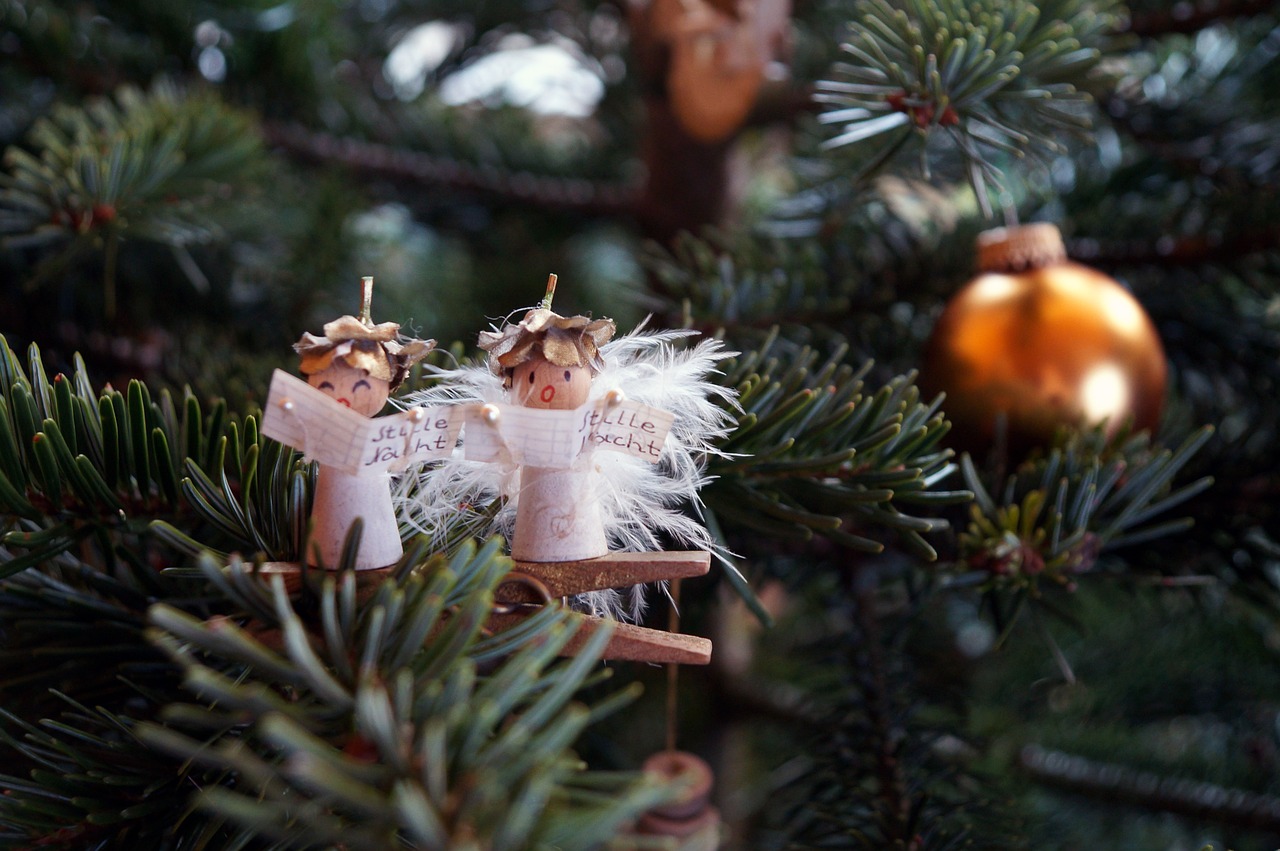
Fire Safety Measures
When it comes to holiday decorating, fire safety should be at the top of your list. The festive season is all about joy and celebration, but it can also bring certain risks, especially when it involves lights, candles, and other flammable decorations. So, how can we ensure a safe and cheerful environment? First, it's essential to understand that not all decorations are created equal. Opt for decorations made from non-flammable materials whenever possible. For instance, synthetic materials tend to ignite more easily than natural ones.
Additionally, always keep your decorations away from heat sources. This includes radiators, fireplaces, and even those cozy candles that add a warm glow to your home. Speaking of candles, they can be a beautiful addition to your holiday decor, but they require extra caution. Always place candles in sturdy holders and never leave them unattended. You might think, “I’ll just run to the kitchen for a moment,” but that’s often when accidents happen. Instead, consider using battery-operated candles as a safe alternative that still creates that enchanting ambiance.
Another crucial aspect of fire safety is ensuring that your electrical decorations are in good working order. Before you hang those twinkling lights, take a moment to inspect them. Look for frayed wires, broken bulbs, or any signs of wear and tear. If you find any issues, it’s better to replace them than to risk a fire hazard. And remember, never overload electrical circuits. This can lead to overheating and potential fires. Try to limit the number of strings of lights you connect together. A good rule of thumb is to keep it to three strands maximum, but always check the manufacturer's recommendations.
In case of an emergency, it's wise to have a fire extinguisher readily accessible. Make sure everyone in your household knows where it is and how to use it. You can even take it a step further by practicing fire drills with your family during the holidays. It may sound a bit serious for a festive occasion, but being prepared can make all the difference in keeping everyone safe.
Finally, when the holidays are over, don’t forget to properly store your decorations. This is often overlooked but is crucial for safety. Store flammable decorations in a cool, dry place away from heat sources, and ensure that all electrical decorations are unplugged and stored safely. By following these fire safety measures, you can enjoy a beautiful and safe holiday season, allowing you to focus on what truly matters: spending time with loved ones.
- What types of decorations are safest to use? Look for decorations made from non-flammable materials, such as metal or treated fabrics.
- How can I ensure my holiday lights are safe? Always inspect your lights for damage before use, avoid overloading circuits, and follow the manufacturer's guidelines.
- Are battery-operated candles a good alternative? Yes, they are a safe option that eliminates the risk of fire while still providing a festive glow.
- What should I do if I suspect a fire hazard? If you notice any signs of potential hazards, such as frayed wires or unusual smells, immediately unplug the decorations and dispose of them safely.
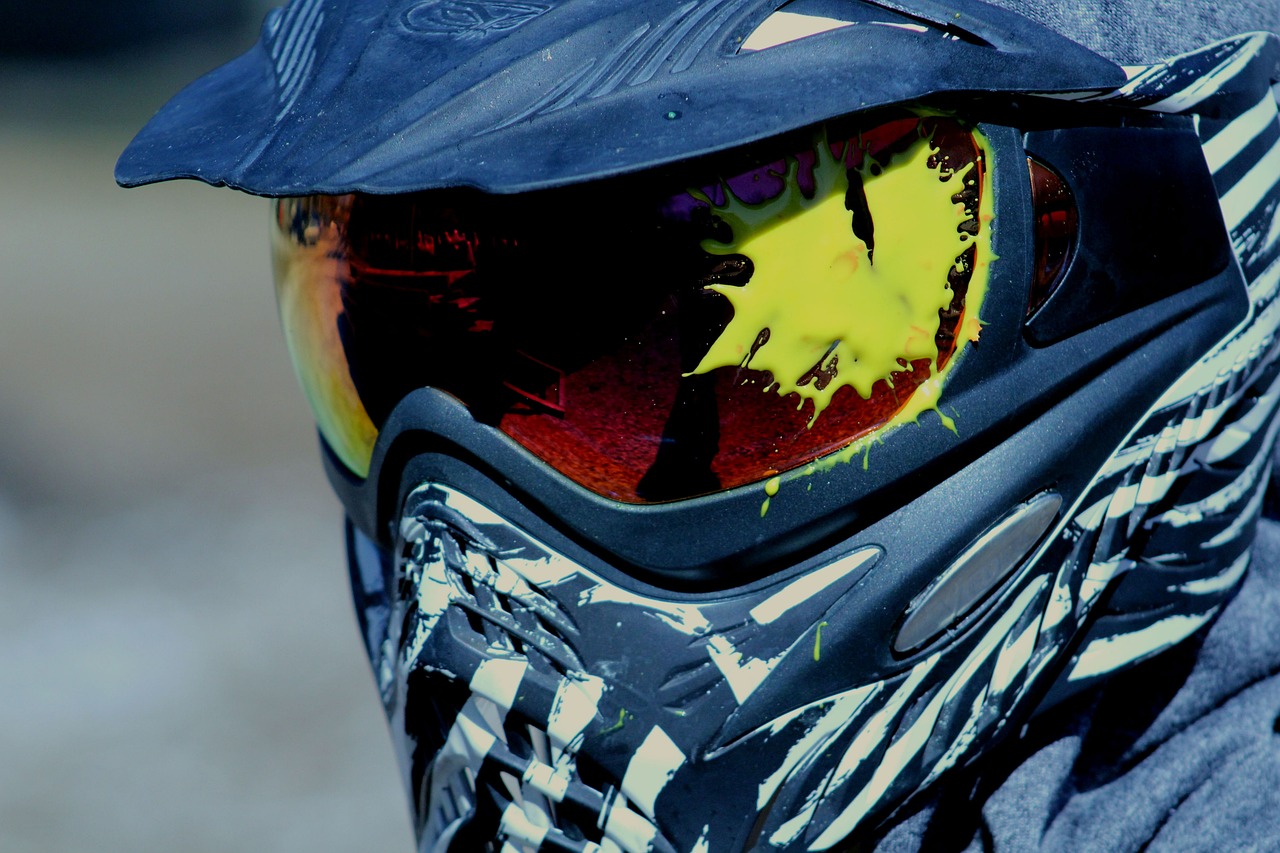
Child and Pet Safety
When it comes to holiday decorating, ensuring the safety of your little ones and furry friends should be a top priority. The festive season is all about joy and celebration, but it can also pose unique risks to children and pets if we’re not careful. So, how can we create a beautiful holiday atmosphere while keeping our loved ones safe? Let’s dive into some essential tips!
First and foremost, proper placement of decorations is crucial. You might have the most stunning ornaments, but if they’re within reach of curious hands or playful paws, accidents are bound to happen. Consider securing decorations in high places or using sturdy stands. For instance, if you’re displaying a Christmas tree, ensure it’s firmly anchored to prevent tipping. Additionally, you can use weighted bases for tabletop decorations to keep them stable.
Another aspect to consider is the materials you choose for decorations. Opting for non-toxic materials can make a significant difference, especially if your pets have a tendency to chew on things. Traditional decorations, like glass ornaments or tinsel, can be hazardous if broken or ingested. Instead, look for pet-friendly alternatives made from soft fabric or wood. This way, you can enjoy your decorations without the constant worry of potential harm.
It’s also essential to keep small items, such as ornaments and strings, out of reach. Children and pets are naturally curious, and those shiny, colorful objects can be incredibly tempting. Create a designated area for your decorations, perhaps using a decorative basket or storage box, to keep smaller items secure when they’re not on display. This simple step can help mitigate risks significantly.
Moreover, be mindful of any electrical decorations. Cords can be a tripping hazard for both children and pets, so ensure they are tucked away and secured against the wall. If you’re using battery-operated lights, make sure the batteries are stored safely and not accessible to little hands or curious noses. And remember, it’s not just the decorations you need to worry about; keeping an eye on your pets around lit candles is crucial too!
Finally, consider involving your children in the decorating process. This not only makes them feel included but also teaches them about safety. Explain the importance of not touching certain decorations and why some items are off-limits. By doing this, you’re not just decorating your home; you’re also creating a learning opportunity that emphasizes safety during the holidays.
In summary, holiday decorating can be both beautiful and safe with a little planning and creativity. By choosing non-toxic materials, securing decorations, and keeping small items out of reach, you can ensure that your home is a joyful haven for both children and pets. Remember, it’s all about balance—creating a festive atmosphere while prioritizing safety!
- What are some safe decoration materials for homes with pets? Look for soft, non-toxic materials such as fabric or wood instead of glass or sharp items.
- How can I keep my Christmas tree stable? Use a weighted base or secure it to a wall to prevent tipping.
- Are battery-operated lights safer than traditional ones? Yes, battery-operated lights reduce the risk of electric shock and are easier to manage around children and pets.

Securely Placing Decorations
When it comes to holiday decorating, one of the most important aspects to consider is how you securely place decorations. Imagine the festive atmosphere of your home, with twinkling lights and cheerful ornaments, but then a sudden crash as a decoration tips over. Not only can this ruin the holiday spirit, but it can also lead to injuries, especially for curious children and pets. So, how can you avoid such mishaps? The key lies in proper placement and securing techniques.
First things first, consider the height and stability of your decorations. For instance, when placing ornaments on a tree, ensure that heavier items are closer to the trunk for stability, while lighter decorations can be hung on the outer branches. This not only enhances the visual appeal but also reduces the risk of tipping. Additionally, if you have a tree that tends to sway, anchoring it securely to a wall or using a sturdy base can prevent it from falling over.
Next, let’s talk about the placement of decorations on surfaces. Whether it’s a table centerpiece or a mantle display, make sure that items are placed in a way that they won’t be easily knocked over. Consider using non-slip mats or adhesive putty to keep decorations in place. For example, if you’re displaying a collection of candles, placing them on a tray can help contain any potential spills while also adding an elegant touch. Remember, a little extra effort in securing these items can go a long way in preventing accidents.
Furthermore, it’s essential to be mindful of cord management when using electrical decorations. Loose cords can be a tripping hazard, so try to tuck them away neatly or use cord covers to keep them out of sight. If you're stringing lights, make sure they are securely fastened to avoid sagging, which can lead to tangling or even breakage. You can use clips or hooks designed for decorating to keep everything in place and looking neat.
Lastly, consider the environment in which you’re decorating. If you have pets that love to explore, it might be wise to place delicate ornaments out of their reach. Similarly, if you have young children, think about using shatterproof ornaments or decorations that are less likely to cause harm if they fall. By taking these factors into account, you can create a festive environment that is both beautiful and safe for everyone.
- What are some tips for securing decorations on a Christmas tree?
Place heavier ornaments closer to the trunk, use a sturdy tree stand, and consider anchoring the tree to a wall. - How can I prevent my pets from knocking over decorations?
Use non-toxic decorations and place fragile items out of reach, or consider using pet gates to block access to certain areas. - What should I do if a decoration falls and breaks?
Immediately clean up any broken pieces to prevent injuries, and consider using shatterproof alternatives for future decorations.
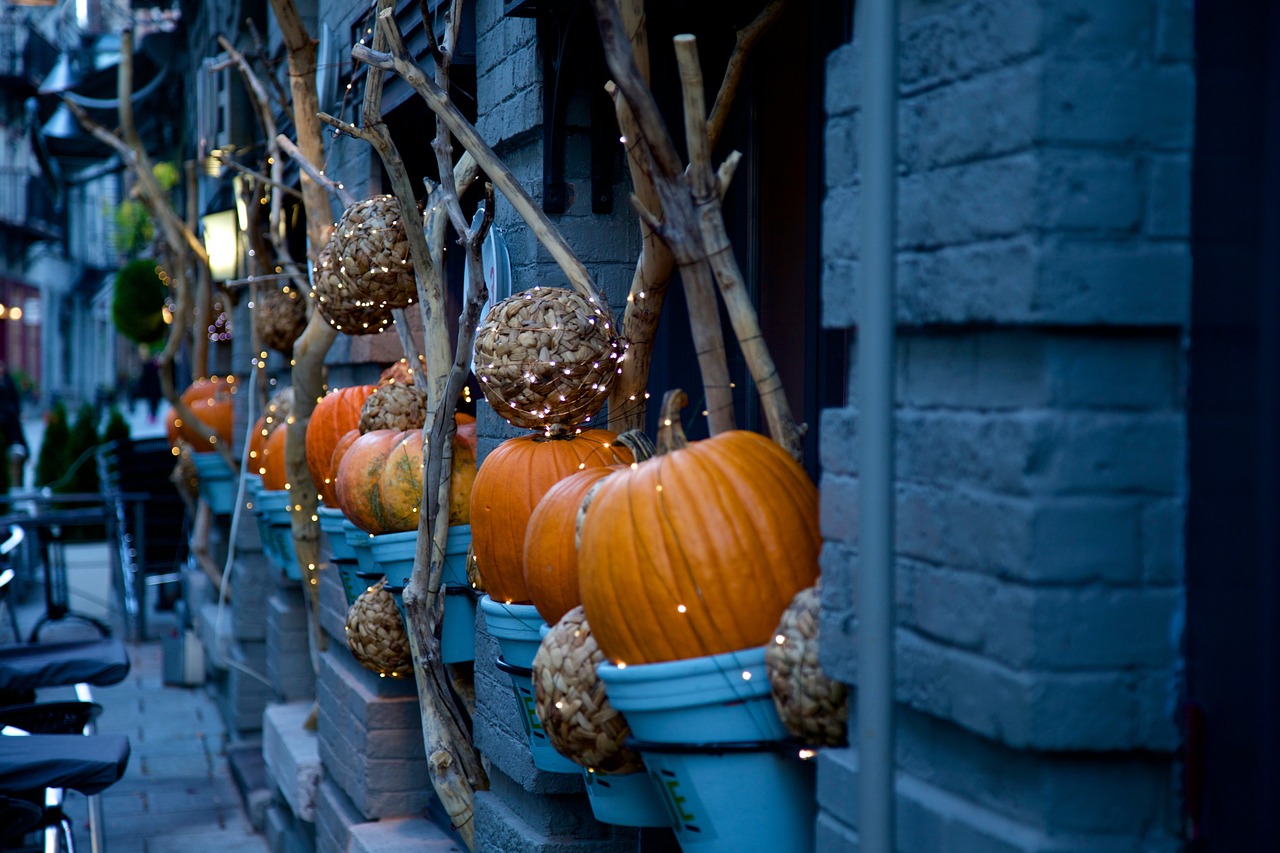
Choosing Non-Toxic Materials
When it comes to holiday decorating, one of the most important considerations is the safety of the materials you choose. With children and pets running around, the last thing you want is for them to come into contact with harmful substances. not only ensures a safer environment but also promotes a healthier home. Think of it as wrapping your festive spirit in a layer of safety!
First off, let’s talk about natural materials. Opt for decorations made from organic cotton, wool, or wood. These materials are not only biodegradable but also free from harmful chemicals that can be found in synthetic alternatives. For instance, if you’re thinking about garlands or ornaments, consider using untreated wood or natural fibers. They add a rustic charm to your decor while keeping your loved ones safe.
Another great option is to look for non-toxic paints and dyes when decorating. Many traditional decorations are painted with chemicals that can emit harmful fumes. Instead, search for items that are labeled as non-toxic or have been certified by reputable organizations. This way, you can enjoy the vibrant colors of the season without worrying about what’s lurking in the paint!
Additionally, when it comes to artificial decorations, always check for lead-free options. Many older decorations may contain lead, which can be toxic, especially to children. Nowadays, there are plenty of manufacturers that produce lead-free decorations. You can even find some delightful, brightly colored ornaments that are both safe and beautiful.
Don’t forget about the glue and adhesives you might use for your DIY projects. Many common adhesives contain harmful chemicals. Instead, look for natural or non-toxic alternatives. For example, you can use simple flour and water paste for paper crafts, or choose non-toxic glue sticks for quick fixes. Your creativity doesn’t have to come at the expense of safety!
Finally, always remember to read the labels. Many products will indicate whether they are free from harmful chemicals or if they’re made from sustainable materials. The more informed you are, the better choices you can make for a safe and festive environment. By prioritizing non-toxic materials, you’re not just decorating; you’re creating a safe haven for your family to enjoy the magic of the holidays.
- What are non-toxic materials? Non-toxic materials are substances that do not contain harmful chemicals or toxins that could pose health risks to humans or pets.
- Why should I choose non-toxic decorations? Choosing non-toxic decorations ensures a safer environment, especially for children and pets, while also being better for the planet.
- How can I identify non-toxic decorations? Look for labels that indicate products are free from harmful chemicals. Certifications from reputable organizations can also guide your choices.
- Are natural materials always safer? While natural materials are generally safer, it’s important to ensure they are untreated and free from pesticides or harmful coatings.
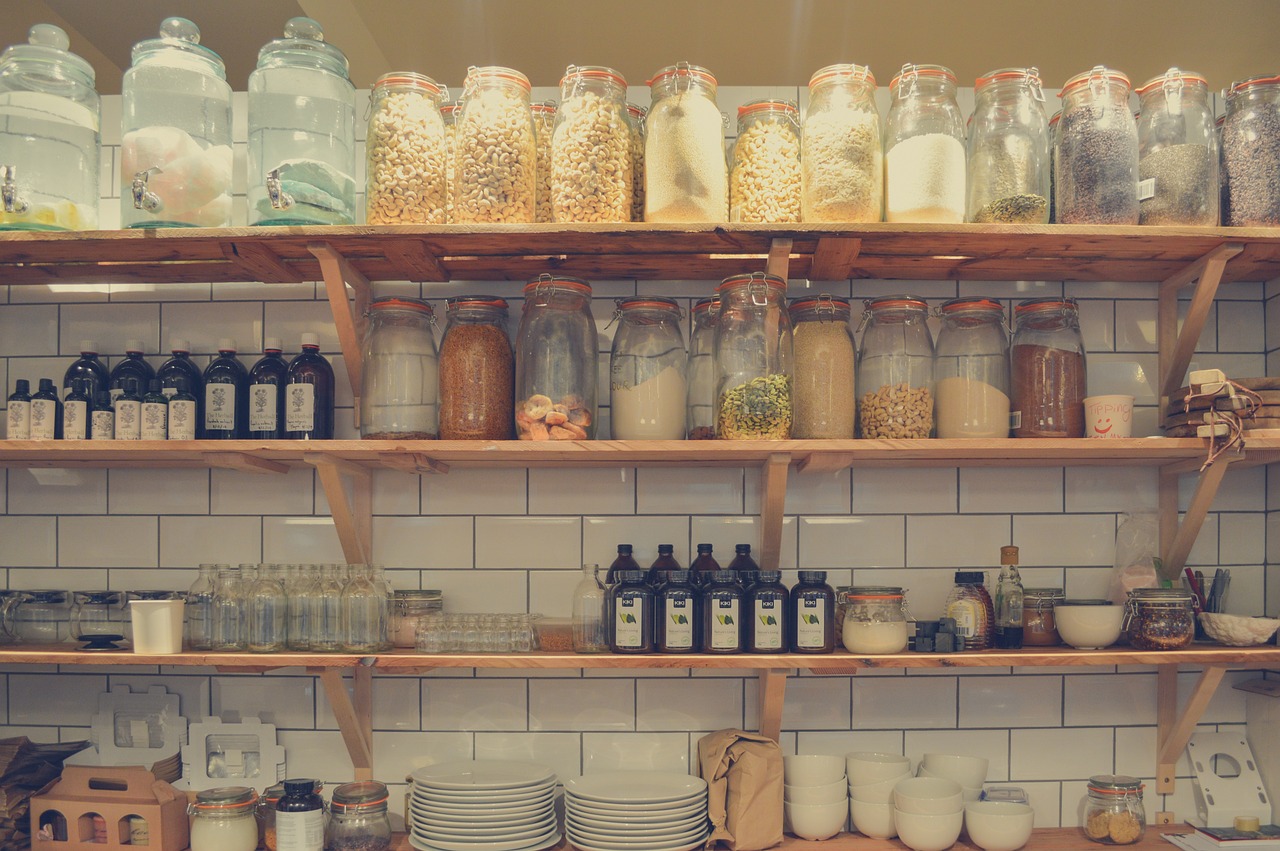
Storage and Maintenance of Decorations
When the holiday season comes to an end, it’s easy to toss decorations into a box and forget about them until next year. However, proper storage and maintenance of your holiday decorations can extend their lifespan and ensure they remain safe for use in future celebrations. Think of it like giving your cherished ornaments a cozy home where they can rest until their next appearance!
First and foremost, it’s essential to clean your decorations before storing them. Dust and dirt can accumulate over time, especially on items like ornaments and lights. A quick wipe down with a soft cloth can do wonders. For items that can be washed, like fabric decorations, a gentle wash can help maintain their vibrancy. Just remember to let everything dry completely to avoid mold and mildew—nobody wants a surprise when they pull out decorations next year!
Next, consider the type of storage containers you use. Opt for clear, airtight plastic bins instead of cardboard boxes. Not only do they protect against moisture and pests, but they also allow you to see what’s inside without opening every box. Here’s a quick breakdown of why clear bins are a fantastic choice:
| Benefit | Description |
|---|---|
| Visibility | Clear bins help you quickly identify contents without digging through boxes. |
| Durability | Plastic bins are less likely to tear or damage compared to cardboard. |
| Protection | Airtight seals keep moisture and pests out, safeguarding your decorations. |
When it comes to organizing your decorations, consider grouping similar items together. For example, keep all your lights in one bin, ornaments in another, and garlands or wreaths in separate containers. Label each bin clearly; this will save you a lot of time when you’re ready to decorate again. You might even want to create a quick inventory list of what’s in each bin, especially if you have a large collection. Keeping everything organized will make your decorating process so much smoother!
Don’t forget about the maintenance of electrical decorations. Before you store your lights, make sure to check for any damaged wires or bulbs. If you find any issues, it’s best to repair or replace them now rather than waiting until you’re ready to hang them up again. Additionally, when packing lights, avoid wrapping them too tightly around objects, as this can cause kinks or damage. Instead, gently coil them and place them in a separate bag or bin.
Finally, consider the environment where you store your decorations. A cool, dry place is ideal. Avoid areas that experience extreme temperature fluctuations or high humidity, such as attics or basements. These conditions can lead to damage over time. Instead, a closet or a dedicated storage room can be perfect for keeping your decorations safe and sound.
By following these simple tips for storage and maintenance, you’ll ensure that your holiday decorations are not only ready for next season but also in great condition. Just like a good friend, they’ll be there for you when you need them, bringing joy and cheer to your home once again!
- How can I prevent my decorations from getting damaged during storage?
Make sure to clean them thoroughly, use sturdy containers, and store them in a cool, dry place. - Is it necessary to check electrical decorations before storing them?
Yes, inspecting lights and other electrical items for damage is crucial to ensure safety when you use them again. - What type of storage container is best for holiday decorations?
Clear, airtight plastic bins are highly recommended as they protect against moisture and pests while allowing for easy visibility.
Frequently Asked Questions
- What are the safest materials for holiday decorations?
When it comes to choosing decorations, opt for materials like flame-retardant fabrics, LED lights, and non-toxic ornaments. These choices not only enhance safety but also help create a festive atmosphere without the worry of hazards.
- How can I ensure my holiday lights are safe to use?
Before using your holiday lights, always inspect them for damage. Look for frayed wires, broken bulbs, or any signs of wear and tear. If you find any issues, it's best to replace them rather than risk an electrical hazard.
- What precautions should I take when using outdoor lights?
When installing outdoor lights, make sure to use weather-resistant products and follow the manufacturer's guidelines. Secure the lights properly to prevent them from falling, and avoid overloading electrical outlets to keep everything safe and sound.
- How can I keep my pets and children safe during the holidays?
To ensure a safe environment, place decorations out of reach of pets and children. Use non-toxic materials for decorations and securely fasten items that could tip over. Always supervise young ones when they are near festive decorations.
- What fire safety measures should I consider while decorating?
Fire safety is paramount during the holidays. Keep decorations away from heat sources, use LED lights which produce less heat, and always have a fire extinguisher handy in case of emergencies. Regularly check that your smoke detectors are functioning as well.
- How should I store my holiday decorations after the season?
To extend the lifespan of your decorations, store them in a cool, dry place. Use plastic bins instead of cardboard boxes to protect against moisture and pests. Label each bin for easy access next year!



















